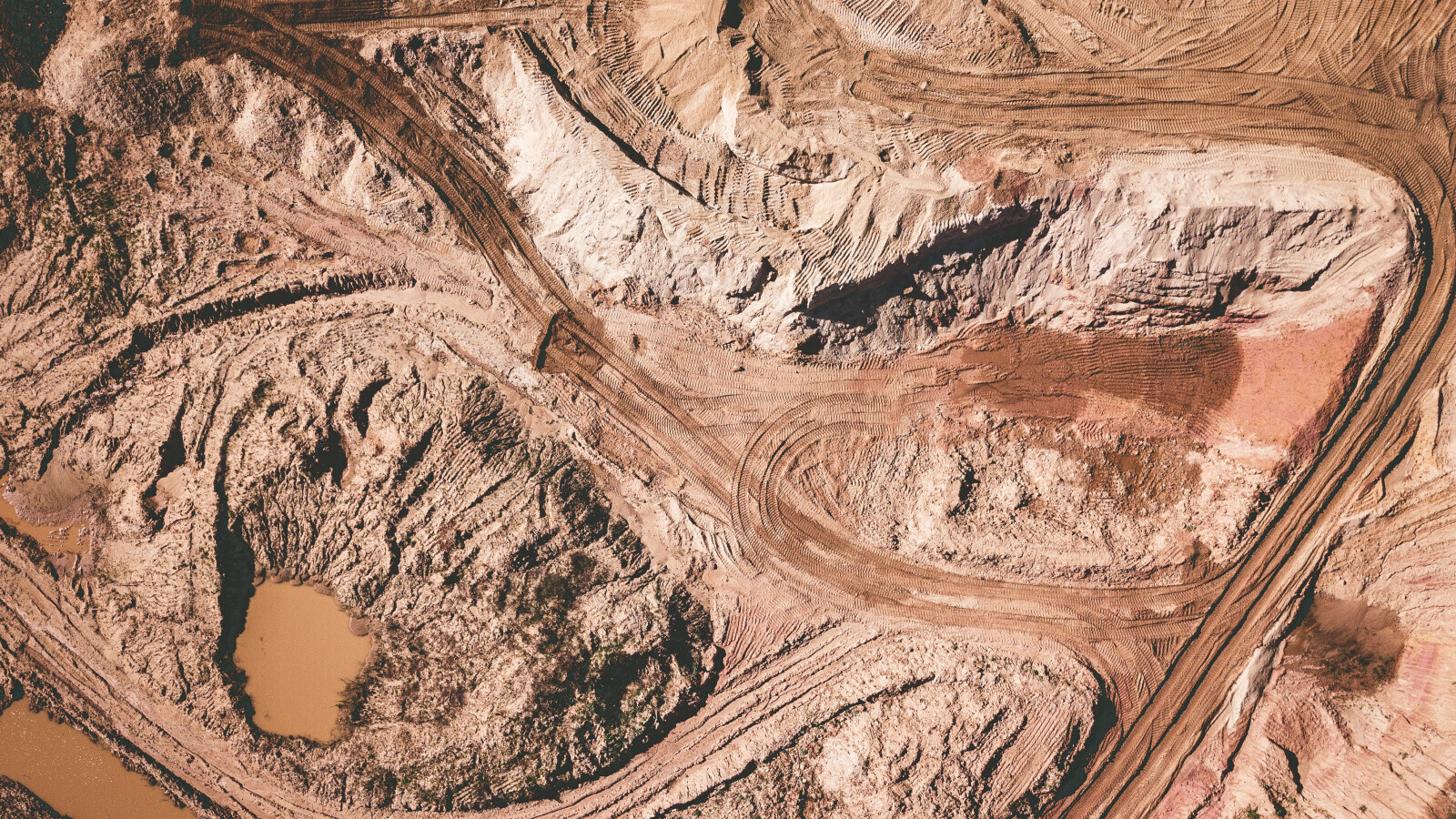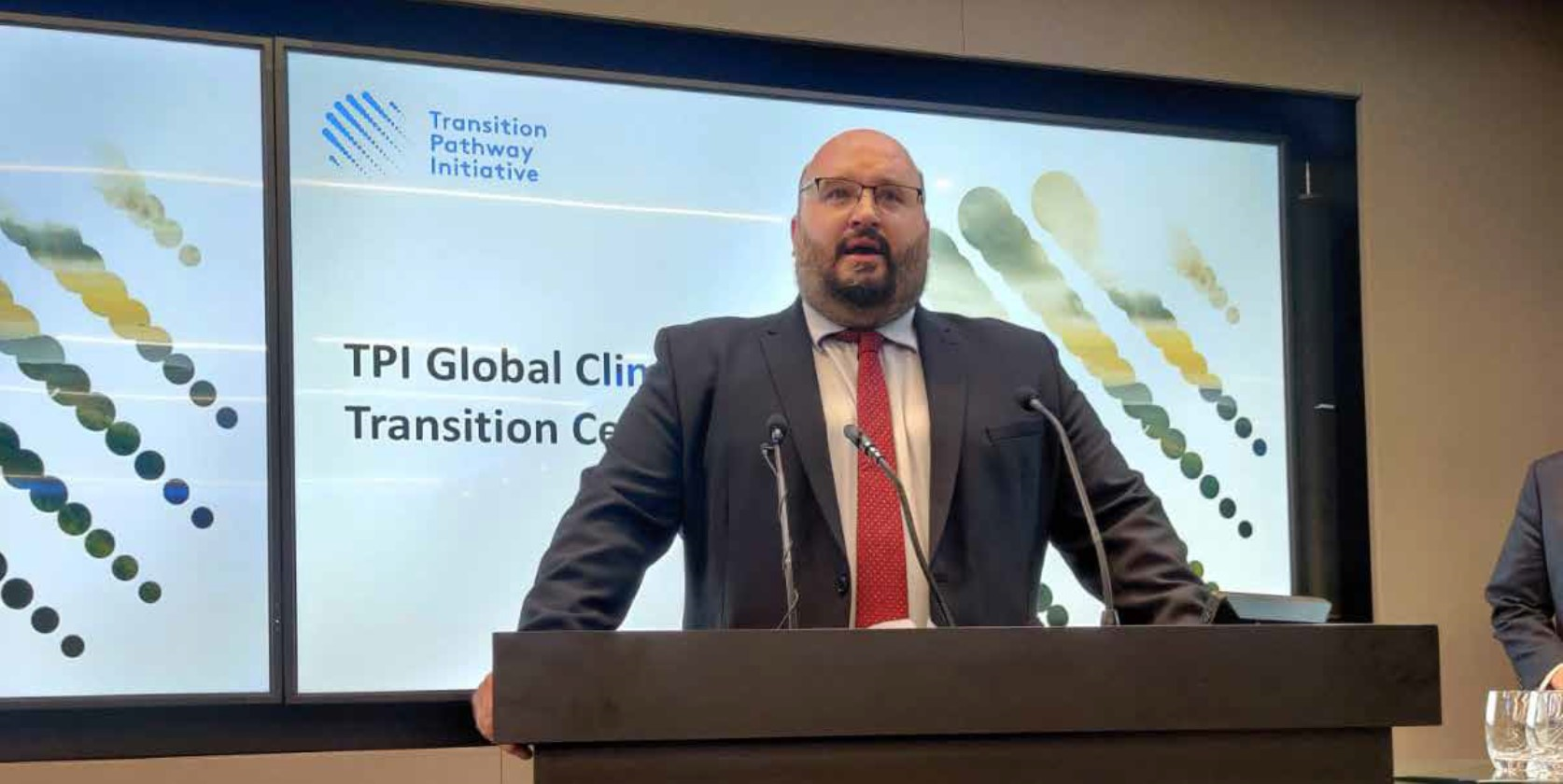
Mining for Net Zero: why investors need to engage more with miners
Part one of NZI’s Mining for Net Zero series looks at why investor engagement in this critical sector is essential for the overall transition
Minerals underpin the contemporary world. From the copper for electric wiring, to the lithium for batteries, to the iron ore for all kinds of constructions, both modern life and emerging net zero technologies would be impossible without the extraction and refinement of buried rocks.
Yet the sector has multiple sustainability challenges. Not only is mining energy intensive, but mineral deposits often sit on indigenous lands or fragile ecosystems or parts of the world susceptible to child labour, meaning the sector needs a wholesale transformation or at least careful management to meet net zero targets in a responsible way.
Adam Matthews, chair of the Global Investor Commission on Mining 2030 and chief responsible investment officer at Church of England Pensions Board, stresses the need for engagement rather than avoiding the challenges.
He says, “We can't disconnect the reality of what miners produce with our own net zero targets, as well as those of the other sectors in which we are invested. Those who think the sector is just too difficult have completely the wrong approach.”
Investors should ramp up efforts to achieve positive results using investor initiatives and other available tools, Matthews says. The UN’s Global Tailings Standard is a major breakthrough in terms of standard setting and creating transparency, while the Climate Action 100+’s under-development net zero standard for diversified mining companies, organised by Investor Group on Climate Change (IGCC) and Institutional Investors Group on Climate Change, will drive best practice in the years to come.
He adds, “Miners are systemically important and we need to ensure we get the right lens to capture the complexities of their transitions.” Importantly, the work of CA100+, IGCC and IIGCC will inform the Global Investor Commission on Mining 2030, of which Matthews is the chair.
“Miners are systemically important and we need to ensure we get the right lens to capture the complexities of their transitions.”

Tentative signs of progress
Regarding decarbonisation, the focus has switched from setting targets to implementation, though the path isn’t smooth, according to mining sources.
Rob Wilson, head of Western Australia at the Clean Energy Finance Corporation (CEFC) – a specialist investor that aims to help Australia achieve net zero by 2050 – says miners, conscious of climate-related reputational risks and investor expectations, are pushing for an increasing share of renewable energy in their power systems in plans for new mines.
He says, “Five years ago, 100% diesel powered operations were acceptable. Three-to four years ago, 30% renewable powered was good. A year ago, it was 50%, and these days we’re working with parties to achieve 60% to 80%.”
Both institutional investors and banks looking to finance green projects have been instrumental in shaping that ambition.
“If you can position yourself as a clean or cleaner minerals producer, you definitely get more bang for your buck in the investment market,” he adds.
A major part of that dynamic consists of responsible European investors and firms caught by more stringent due diligence laws looking for a clean supply chain. For example, a European car producer might enter a bilateral arrangement with an Australian mine to ensure a steady supply of clean critical minerals.
However, Wilson also expresses concern of the increasing supply chain constraints around renewable energy – something that hampers all sectors, not just power-hungry miners. In addition, the big miners – most of whom have already set targets – face the biggest implementation challenges due to the sheer scale and the geographical spread of their operations.
For Australia, one of the biggest suppliers of raw minerals, the fact that miners depend on third-party states such as China for processing is also a major concern, in terms of supply chain security and having control over net zero efforts.
For example, the Australian resources minister recently called on automakers and other consumers of critical minerals to invest in Australia's materials processing industry to secure ethical long-term supply that can weather geopolitical disruptions.
Also read
Reserve Bank of Australia: investors need to ‘substantially’ boost net zero spending
“Five years ago, 100% diesel powered operations were acceptable. Three-to four years ago, 30% renewable powered was good. A year ago, it was 50%, and these days we’re working with parties to achieve 60% to 80%.”

Decarbonising mining in three parts
Adam Gangemi of Super Smart Energy, which engages with mining companies to make them more sustainable, outlines a “three part puzzle” of net zero efforts in the sector: power systems (e.g. energy source), the processing plant (e.g. refining the minerals), and the non-processing equipment (e.g. diggers).
It’s not just investor pressure but simple economics that make the case for switching to renewable sources.
“By switching from a diesel to a gas generator, we helped a miner reduce 20% of their emissions and find $40 million in savings. While gas isn’t 100% green, it can be a useful step in the right direction. Whenever we talk about reducing emissions, we always make a commercial case” Gangemi says.
Wilson says even the most “reluctant” miners are seeing energy prices and realising the benefits of switching to renewables, especially at remote sites.
As for the non-processing equipment, Gangemi says Australia is still waiting for electric and hydrogen technology to arrive. Meanwhile, some sites in Europe are pushing mostly electric equipment.
Dynamic shifting
To create the necessary renewable infrastructure, miners need to make substantial investments in wind and solar farms. Going 100% electric will need a doubling or a tripling of power, according to Gangemi.
Interestingly, this can lead to a shift in traditional power-dynamics of a highly competitive sector.
Wilson says, “Historically, Australia’s Pilbara has been a very competitive region where miners refused to cooperate on infrastructure. Now a new spirit of pragmatism among the major miners have prompted them to look at working together on power infrastructure, as they realise the size of the decarbonization problem, both in terms of energy needs and upfront capital investment.”
Corporate lobbying
In addition to putting pressure on miners to solve that three part net zero mining puzzle, Matthews recommends that investors should also engage with miners at the corporate lobbying level.
He says, “When we started engaging around corporate lobbying, not many companies reported on whether the lobbying activities of the industry associations of which they were a part aligned with their net zero targets. There’s now increasing evidence of more scrutiny on companies, which, in turn, seek changes to the way industry associations conduct their lobbying.”
Also read
Avoiding a COP-out: should investors care about the COP28 climate summit?




